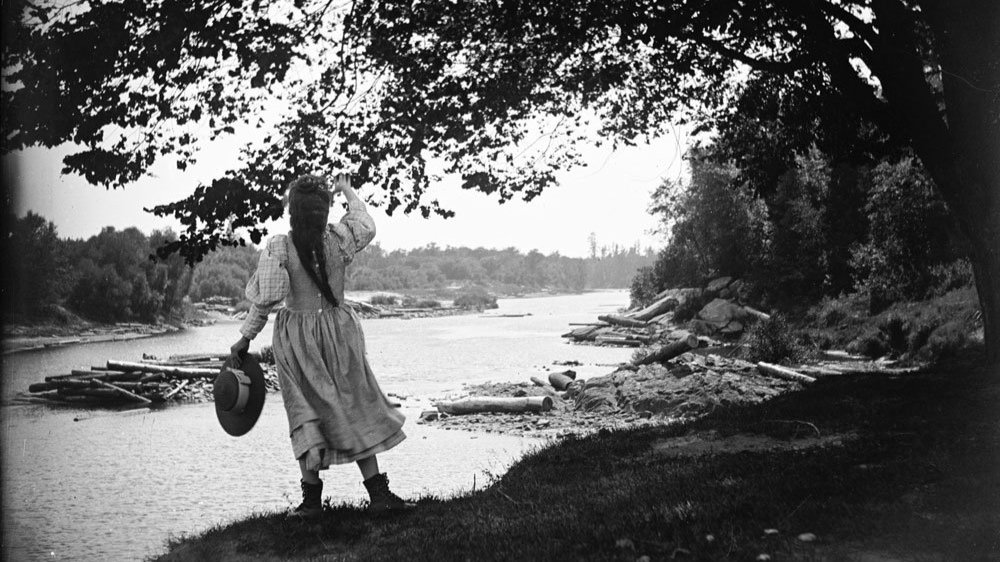p/c: Charles van Schaick. (Public Domain)
SONGS OF MADNESS AND SORROW (1997)
A monodrama in one act
Duration: 30 minutes
Music Text
Libretto by Daron Hagen
- Assembled from various public domain sources, including articles in the Wisconsin State Journal (10 April 1885; 20 August 1896; 4 August 1898; 22 February 1900; 19 April 1900), "A Day's Pleasure," from Hamlin Garland's Main Travelled Roads; Mendota State Mental Hospital Madison, Wisconsin, “Female, G, patient #8848,” Record Book, 1896; E.L. Brockway, “Magnetic Healing!” Town Paper, Millston, WI (14 October 1897; 7 December 1897; 16 June 1898); and Unpublished Notes by Gwen Hagen, used by permission.
solo voice (high or low); fl(=pic).ob(=CorA).cl(=bc).bn-hn.tp-perc(1)-pft-vln1.vln2.vln3.va.vlc.cb (strings may be enlarged into sections)
(or) piano
Publisher/ Licensing Agent
Peermusic Classical (Burning Sled Music)
Territory
This work is available from Peermusic Classical for the world.<br
World Premiere
- Mixed Ensemble: January 31, 1997 University Place Presbyterian Church, Tacoma, Washington / Paul Sperry / The Pacific Chamber Soloists / Troy Peters
- Piano and Voice: April 9, 1997 / Merkin Recital Hall, New York City / Sequitur / Paul Sperry, tenor / Sara Laimon, piano
(all portrayed by a single man or woman of any voice range)
Pastor Dorn
Editor Daily
Mendota Asylum Psychiatrist
E.L. Brockway
John Persons
Tommy Kane
Time and Place
Outside of time and place.
Synopsis
An opera without a plot, all of whose characters are portrayed by the lone (male or female) singer. The words — adapted from period newspapers, mental health records, advertisements, fiction, and suicide notes — deal with the two main responses to the childlike feelings of helplessness, panic and rage created by the inhuman, amoral fluctuations of a market economy and the equally inhuman ravages of epidemic disease that were prevalent in the small towns of Upstate Wisconsin at the close of the nineteenth century. These two responses were both paranoid. One manifested itself in obsessive-compulsive behavior – the intensification of routine and the constant accumulation of things. The other was simple paranoia that arose from the realization that things hadn’t turned out, in reality, the way that everyone, even the newspapers, had said it would. This is the interesting point, because this normally abnormal reaction was caused by the discovery of truth, not the creation of delusion.
Recording
Here
Listen
Spotify | iTunes
Selected Press
“I sense that Hagen found plenty of inspiration when composing it. It is mesmerizing.” — Kilpatrick, American Record Guide , 11-12/04
“A riveting one-man opera and a dialogue with a forgotten past that feels strangely familiar in our own time. ” — Frank Oteri, NewMusicBox, 10/04
Listen to the complete work on Youtube.
